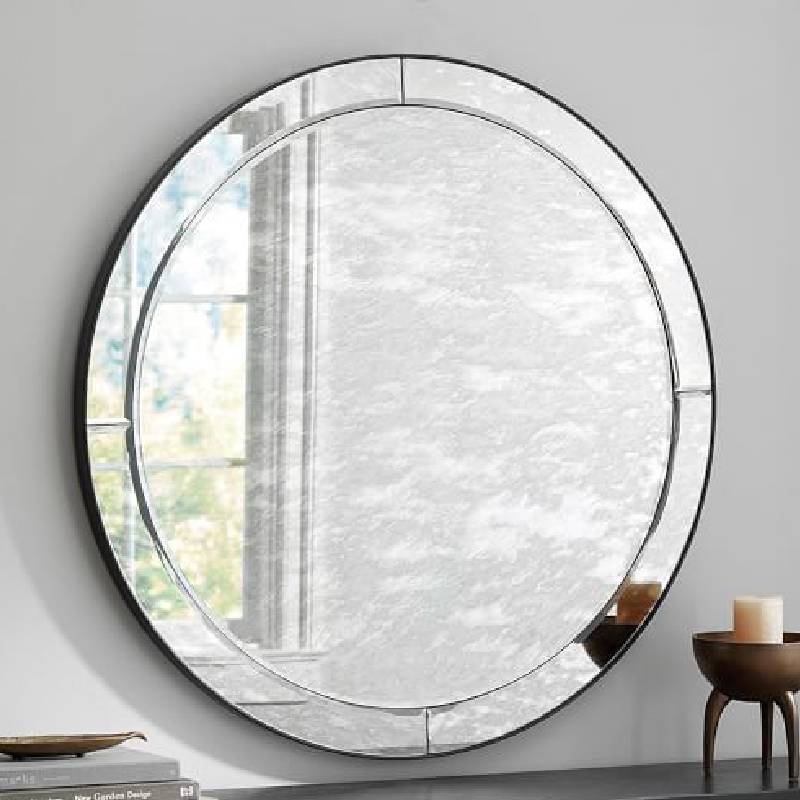

Float glass tempered, also known simply as tempered glass, is a type of safety glass that is processed through controlled thermal treatments to increase its strength. The fascinating process of creating float glass tempered involves several steps that enhance not only its durability but also its resistance to thermal stress.
The journey begins with float glass, a high-quality glass produced through the float glass process. This process involves melting raw materials such as silica sand, soda ash, and limestone, and then pouring the molten glass onto a bed of molten tin. This technique creates a smooth, flat surface that is characterized by uniform thickness and clarity. Float glass is widely used in the construction and automotive industries due to its aesthetic appeal and transparency.
Once the float glass is produced, the next stage is tempering. Tempering involves heating the glass to temperatures exceeding 600 degrees Celsius, followed by rapid cooling. This process induces compressive stresses on the surface of the glass while simultaneously creating tensile stresses in the inner layers. The result is a product that is significantly stronger than standard glass. In fact, tempered glass can withstand impacts five to ten times greater than those tolerated by its non-tempered counterpart.
One of the most significant advantages of float glass tempered is its safety features. When broken, tempered glass shatters into small, blunt pieces rather than sharp shards, minimizing the risk of injury. This property makes it particularly popular in applications where human safety is a concern, such as in shower doors, glass doors, and façades.

In addition to safety, the thermal stability of float glass tempered is noteworthy
. It can endure extreme temperature fluctuations without breaking, making it an ideal choice for environments subjected to varying heat conditions. This quality is especially valuable in architectural applications, where large glass panels are often exposed to sunlight during the day and cooler temperatures at night.Moreover, float glass tempered can be customized with various coatings and treatments to enhance its performance. Options such as low-E coatings help improve energy efficiency by reflecting heat while allowing natural light to enter. These features are increasingly sought after in modern building designs, contributing to both sustainability and aesthetic value.
In conclusion, float glass tempered represents a significant advancement in glass technology. Its combination of strength, safety, thermal resistance, and customization options makes it an essential material in numerous applications. As demand for high-performance materials continues to grow, float glass tempered will likely play an even more prominent role in shaping the spaces we live and work in, demonstrating the perfect balance between functionality and design. Whether used in residential, commercial, or industrial settings, this remarkable material stands as a testament to the innovative spirit of modern engineering.